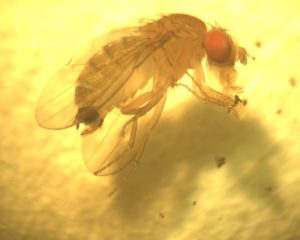
Spotted-Wing Drosophila Active in North Carolina Blueberries
The first confirmed adult spotted-wing drosophila (SWD) in commercially grown blueberries for the 2019 growing season was captured early …



Carteret County Center will be closed today, 07/04/2025 for the holiday. We're closed Fri 7/4 and back on Mon 7/7. We look forward to hearing your Carteret County concerns. Have a happy & safe 4th!
El inglés es el idioma de control de esta página. En la medida en que haya algún conflicto entre la traducción al inglés y la traducción, el inglés prevalece.
Al hacer clic en el enlace de traducción se activa un servicio de traducción gratuito para convertir la página al español. Al igual que con cualquier traducción por Internet, la conversión no es sensible al contexto y puede que no traduzca el texto en su significado original. NC State Extension no garantiza la exactitud del texto traducido. Por favor, tenga en cuenta que algunas aplicaciones y/o servicios pueden no funcionar como se espera cuando se traducen.
Inglês é o idioma de controle desta página. Na medida que haja algum conflito entre o texto original em Inglês e a tradução, o Inglês prevalece.
Ao clicar no link de tradução, um serviço gratuito de tradução será ativado para converter a página para o Português. Como em qualquer tradução pela internet, a conversão não é sensivel ao contexto e pode não ocorrer a tradução para o significado orginal. O serviço de Extensão da Carolina do Norte (NC State Extension) não garante a exatidão do texto traduzido. Por favor, observe que algumas funções ou serviços podem não funcionar como esperado após a tradução.
English is the controlling language of this page. To the extent there is any conflict between the English text and the translation, English controls.
Clicking on the translation link activates a free translation service to convert the page to Spanish. As with any Internet translation, the conversion is not context-sensitive and may not translate the text to its original meaning. NC State Extension does not guarantee the accuracy of the translated text. Please note that some applications and/or services may not function as expected when translated.
Collapse ▲
The first confirmed adult spotted-wing drosophila (SWD) in commercially grown blueberries for the 2019 growing season was captured early …

-Inga Meadows, Shawn Butler, and Dr. Lina Quesada-Ocampo Basil downy mildew (BDM) has been confirmed in a commercial greenhouse in …
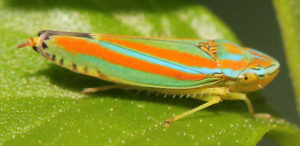
We have establishing grape pest monitoring locations and completed our first weeks of pest counts at three of our …
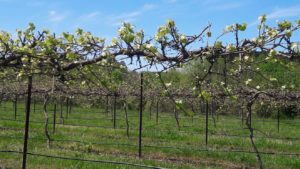
This spring, the Specialty Crop IPM Lab is scouting vineyards in throughout North Carolina in order to track the …
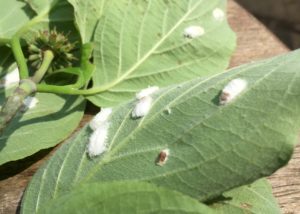
Cottony Maple Leaf Scale is one of several cottony scales in the genus Pulvinaria. Cottony camellia scale and cottony maple scale are …

In North Carolina, the most important cool season mites are the spruce spider mite (Oligonychus ununguis) and southern red …

Yesterday on campus willow oak trees I found lots of insects that looked like mealybugs. But they were faster …

Tobacco thrips surveys across the northern coastal plain found moderate numbers of tobacco thrips in weeds and wheat (Bertie, …

Carpenter bee activity is on the increase. The activity near the end of March and early April was mostly …
Prior to the previous 2016 Section 18 registration, the only effective labeled insecticide to manage this aphid was Sivanto. …
Sivanto Prime for control of sugarcane aphid on sweet sorghum has been approved for use in North Carolina during …
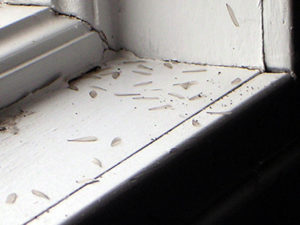
Since I didn’t have any luck with predicting March Madness, I’ll switch to what for many homeowners might be …

Bamboo is planted for its ornamental qualities, grown for wood or wood fibers, or grown for edible bamboo shoots. …

Authored by: Charlie Cahoon and Wes Everman Most folks are trying to put the 2018 growing season behind them, especially …
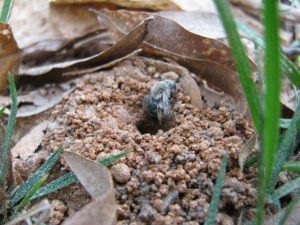
This time of year many people notice small dirt mounds in their yards or in parks or ball fields …

Cottony cushion scale is an exotic pest that has been in the US for over a century. Initially a …
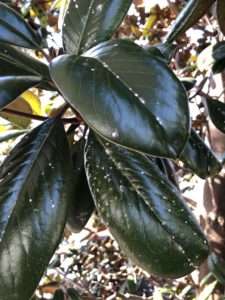
False oleander scale, Pseudaulacaspis cockerelli, is a tropical and subtropical pest originally from China. It is common throughout many …
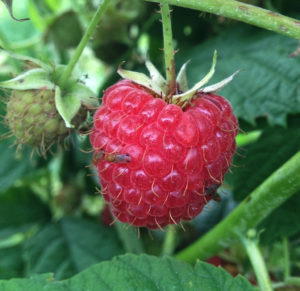
Exirel Insecticide (FMC Corporation) has recently received an expanded federal label which includes use in caneberries against spotted wing …

This factsheet summarizes the characteristics of bees and addresses how to control them as an …

This publication discusses Anthracnose Fruit Rot (Colletotrichum sp.) of blueberries in detail. Included are the …

This factsheet describes the symptoms of a shoot inhibitor herbicide injury.

This factsheet describes the symptoms of a metribuzin herbicide injury.

This factsheet describes the symptoms of a dichlobenil herbicide injury.
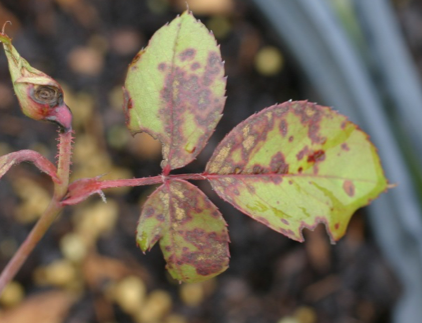
This factsheet describes the symptoms of a protoporphyrinogen oxidase inhibitor herbicide injury.
This factsheet summarizes the symptoms and management of stubby-root nematodes in soybean in North Carolina.
Lance nematode is not a common problem of soybeans, but can cause local damages in …